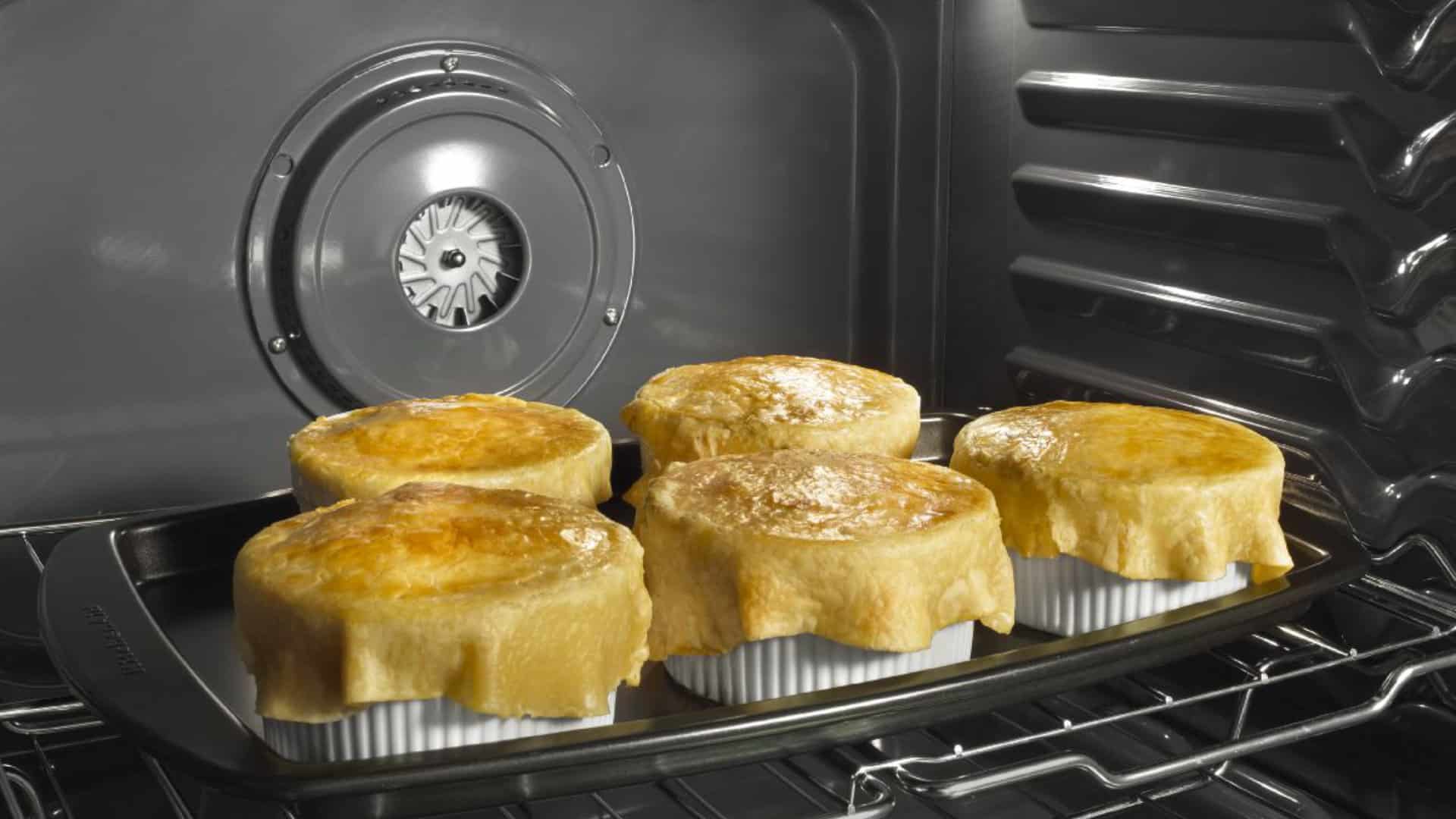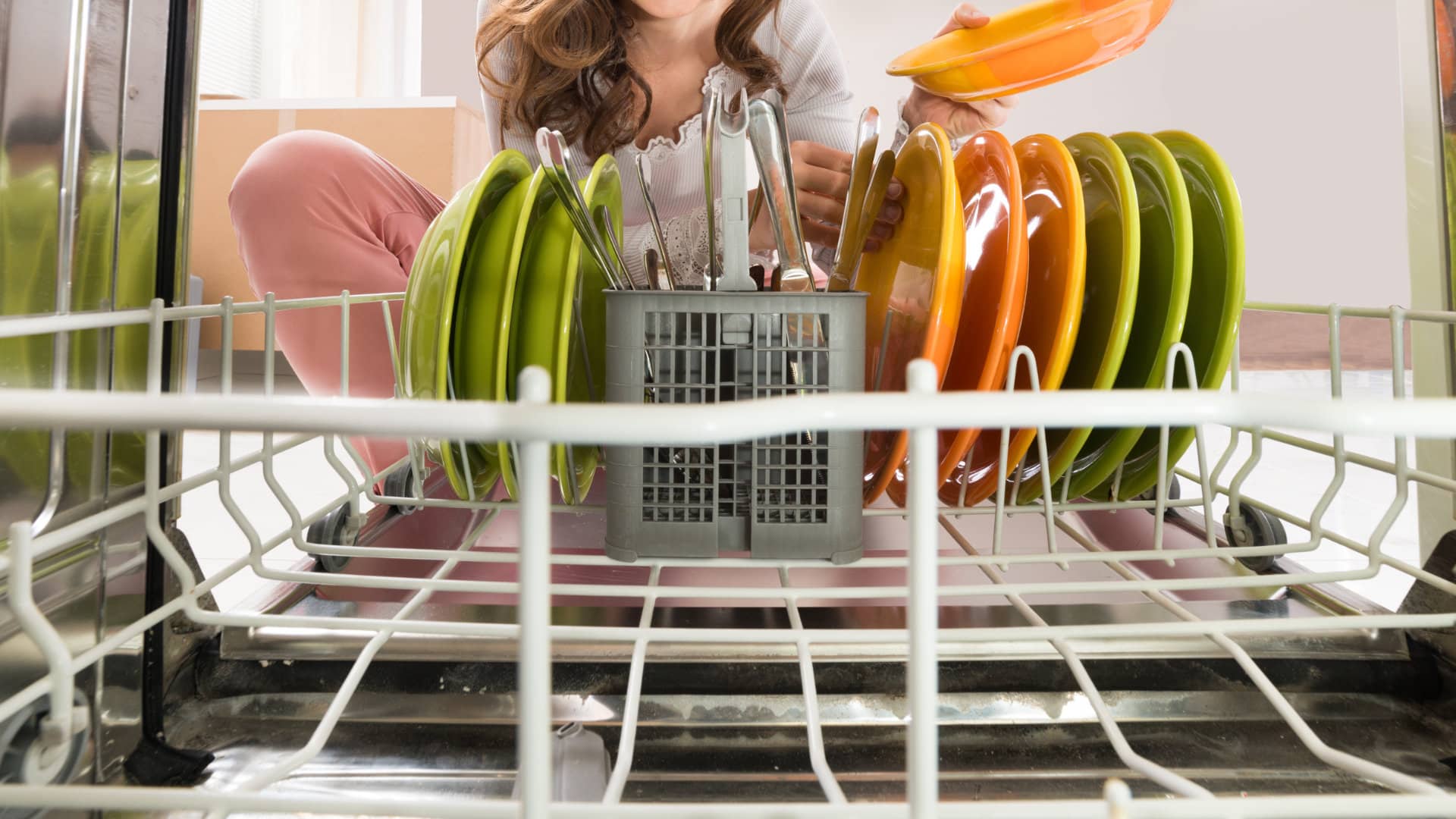
Having a level appliance doesn’t seem so important when there are much larger issues that can manifest. However, if you let any appliance fall out of level, it can be responsible for manifesting these greater issues. If you have a washer that is tilting, you need to worry about it even if you don’t have a dryer to stack on top of it. If a washer has fallen out of level, the first sign outside of a visual one is the noise. You may notice that even loads you took meticulous care to load evenly will fall out of balance. It will cause your washer to thump, rock, and vibrate as it enters the spin cycle. This ruins the general peace of your home while washing laundry, but the intense motion that goes on is also excessively hard on your washer. If you let a washer run when it is not level for too long, you may find that your washer will not run at all.
How to Test a Washer’s Level
You would like to think that you can tell when a washer has fallen out of level with just a visual check. If the slope is dramatic enough, then certainly you can tell with just your eyes. However, even a slight slope can cause major problems. If your washing machine keeps creating noisy and uneven loads, you will want to break out your carpenter’s level and check.To accurately test for level, you will want to put your carpenter’s level side to side and then front to back. If the bubble is not centered at either step, then you will need to take steps to fix the problem.
Adjust the Washer Legs
While taking your washer’s level, you will want to pay attention to where it is not level. If your washer is not level when measured side to side, which side does the bubble float towards? If it is not leveled front to back, then is the bubble floating towards the front or the back? When a washer is out of level, the legs are the primary suspect in the matter. By paying attention to where that bubble leans, you can quickly deduce which leg you will want to start adjusting.
All washers, no matter the model or the age come with adjustable legs. These are necessary to deal with potentially uneven floors. Luckily, adjustable leg technology hasn’t changed that much either. On the legs that seems to be out of level, you will need to simply loosen a locking nut and adjust the leg until the washer reads level. You should also be aware that many washing machines have self-leveling back legs. As such, it is most important that you level the washer side to side before you worry about the front to back level.
To trigger the self-leveling back legs on your washer, if applicable, you will need to simply lift your washer up. Of course, there is really nothing “simple” about lifting a washer. A person lifting up on each side will do good enough, however.Once the washer is level, make sure that you secure the locking nuts. If you don’t, your washer will not immediately fall out of level, but it will as soon as you run it again. The locking nuts will keep everything tight.

How to Fix Whirlpool Stove F9 Code

Fix Whirlpool Duet’s F20 Error Code

Freezer Working But Not Fridge? 5 Fixes

Speed Queen Washer Error Codes Explained

7 Reasons Why Your KitchenAid Ice Maker Isn’t Working

LG Oven F9 Error: Here’s How to Fix It

How to Replace an LG Refrigerator Air Filter

What Do Dryer Sheets Do?

How to Cook Corn on the Cob in the Microwave


